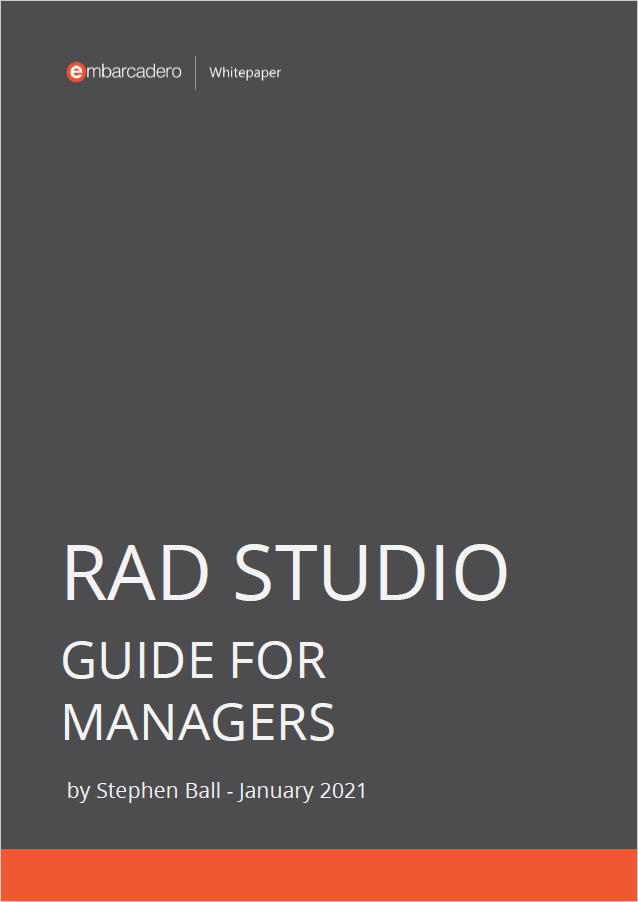

Do you want to learn about the Implicitly Declared Destructor in a C++ app? Do you know what kind of methods we have that we can use declare an implicitly declared destructor? In this post, we will try to explain Implicitly Declared Destructor in Classes with given examples.
What is the Constructor in a C++ app?
The Constructor in C++ is a function, a method in the class, but it is a ‘special method’ that is automatically called when an object of a class is created. We don’t need to call this function. Whenever a new object of a class is created, the Constructor allows the class to initialize member variables or allocate storage. This is why the name Constructor is given to this special method. Here is a simple constructor class example below,
|
1 2 3 4 5 6 7 8 9 10 |
class myclass { public: myclass() { std::cout << "myclass is constructed!\n"; }; }; |
What is a destructor in a C++ app?
The Destructor in classes for example a class_name, is a special member function to delete objects, in other words it is called when the lifetime of an object ends. The purpose of the destructor is to do operations when destruct the object. The object may have acquired or allocated data on memory on runtime, they need to be freed too when objects are being deleted, destructor is the function that frees the resources of the object. When we construct an object, sometimes we need operations to deconstruct. Destructors are not only used in classes but also used with struct and union data types.
|
1 2 3 4 5 6 7 8 9 10 |
class myclass { public: ~myclass() // Destructor { }; }; |
The C++ implicitly declared destructor
An implicitly-declared destructor is a destructor method in a class and If there is no declared destructor that is provided in a class (struct, class, or union), the compiler declares a destructor itself as an inline public member of its class,
As with any implicitly declared special member function, the exception specification of the implicitly declared destructor is non-throwing unless the destructor of any potentially constructed base or member is potentially throwing implicit definition would directly invoke a function with a different exception specification, until C++17. In practice, implicit destructors are noexcept unless the class is “poisoned” by a base or member whose destructor is noexcept(false).
|
1 2 3 4 5 6 7 8 9 10 11 12 13 14 15 16 17 18 19 20 21 22 23 24 25 26 27 28 |
#include <iostream> class my_class { public: ~my_class() // Destructor { std::cout << "Class has been destructed\n"; }; }; class my_otherclass : my_class { public: // This class has Implicitly-Declared Destructor }; int main() { my_otherclass class1; class1.~my_otherclass(); // Calling a Implicitly-Declared Destructor getchar(); return 0; } |
Design. Code. Compile. Deploy.
Start Free Trial
Free C++Builder Community Edition

